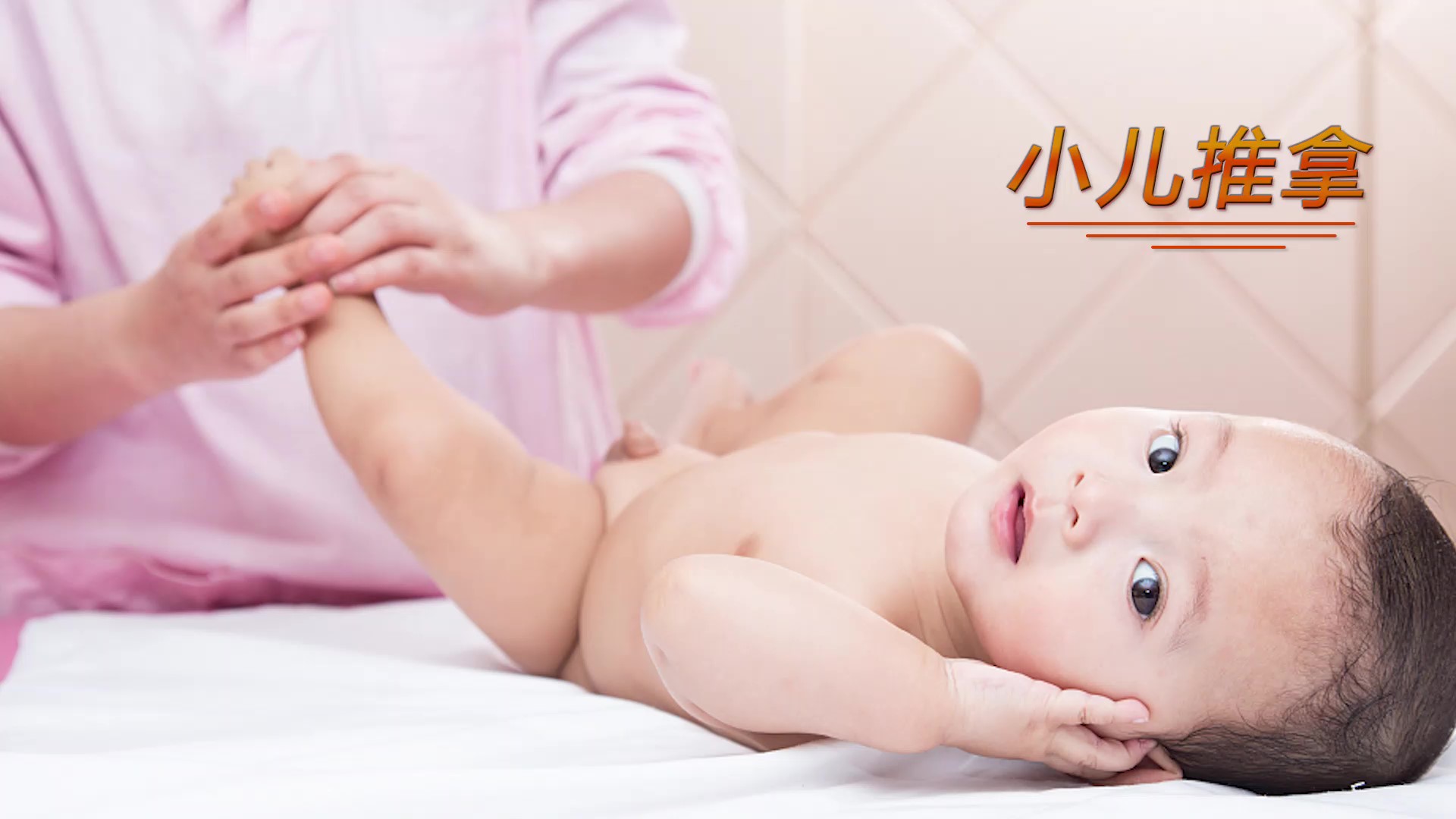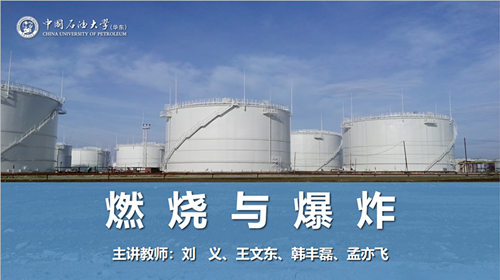
当前课程知识点:Chinese Ceramics > Unit 8 The Age of Porcelain and Five Great Kilns > 8.7 Jun Wares > 8.7 Jun Wares
返回《Chinese Ceramics》慕课在线视频课程列表
大家好 欢迎来到中国陶瓷课堂
今天我们讲一讲钧窑
钧窑以河南禹县为中心
窑址遍及县内各地
已发现的古窑场百来处
并有宋代专烧宫廷用瓷的窑场并有宋代专烧宫廷用瓷的窑场
钧窑历史可上溯到唐代
而以宋时生产最为鼎盛
独特之处在于它是一种乳浊釉
釉中含有微量的氧化铜
如果说青瓷和黑瓷都是以氧化铁为着色剂的话
钧瓷却是以氧化铜为着色剂
并以其奇妙神秘而又艳丽迷蒙的色泽 跻身于同代名窑行列
由于钓瓷釉中有微量的氧化铜在起作用
铜在氧化焰中呈绿色 在还原焰中却呈红色
烧出的釉色常常是青中带紫 灿如晩霞
即使钧瓷中的青色也不同于一般青瓷的青色
虽然色泽深浅不一 但多近于蓝色 是一种蓝色乳光釉
钧瓷的烧制成功
是宋代工匠们的一个伟大的创举
钓窑用铜的氧化物作着色剂
在还原气氛下烧制成铜红釉
是陶瓷工艺制作上的一个突破
铜红釉的呈色与着色剂的加入
对基础釉的化学成分
窑炉温度和气氛等因素十分敏感
稍有不慎
就得不到正常的红色 技术难度比较大
钧窑釉
的另一个特征是
蚯蚓走泥纹
即釉面中常有状如蚯蚓走泥的痕迹
这是由于钩窑釉层很厚
在烘窑的低温状态下发生了裂纹
而温度升高后
粘度较低的釉流入空隙填补了裂纹
它和开片釉一样
本来是在烧制过程中
无意间出现的技术缺陷
却成就了一种富有特色的装饰语言
在中国的陶瓷界有一句话叫 钧瓷无双
也就是说 即使在一个窑里所烧出来的钓瓷也没有完全相同的
大多数的釉色都是人工难以控制而自然形成的
可谓至拙至美
钧窑器型有花盆 尊 洗等
多为仿古铜礼器
古朴典雅
做工精巧
与同时期的
哥 官 汝等窑器型有共同特点
也是为宫廷需要烧制的
这时期盛行
用花卉装饰瓷器
在钩瓷中也体现了这一特点 虽然不是用纹样装饰
但却是用花卉的形状做成各式器型
如常见的有海棠式奁 海棠式花盆
海棠式花钵 海棠式洗
莲花式花盆 莲花式盆托
葵花式盆托等
独具匠心
在上面介绍的宋代五大名窑中
除了定窑的白瓷有刻花和印花的装饰外
其他几个窑口的产品都是清一色没有装饰的素面瓷
当然没有装饰也并非是一览无余的苍白
而是追求自然天成的审美效果
哥窑 官窑 汝窑
均属青瓷系统
又都是利用
自然的开片纹釉
表现器物的美
这原本被认为是烧制时的技术性缺陷
却被陶工们发展成
一种浑然天成 难以复制和标准化的独特的装饰符号
宋代是
一个名瓷辈出的时代
除了所谓的五大名窑
享誉中外的还有景德镇的影青瓷
龙泉窑的青瓷
建窑的 兔毫 和油滴黑釉瓷等
这些名瓷无一不体现了
当时上层社会提倡的美学原则
而磁州密 吉州窑 耀州窑等
遍布各地的民间窑
却因其质朴生动且各具特色的风格
早已引起中外鉴赏家和收藏家的注意
比如
磁州窑的制瓷技法不仅当时即已流传到中国南北许多地方
而且影响到了朝鲜 日本 泰国 越南等国家
烧制与之类似的瓷器
今天的课就到这里
谢谢大家 下节课再见
-1.1 Introduction
-1.2 Ceramics in Neolithic, East Han and Wei-Jin Dynasties
--Ceramics in Neolithic, East Han and Wei-Jin Dynasties
-1.3 Sui and Tang dynasties and Song Dynasty ceramics
--Sui and Tang dynasties and Song Dynasty ceramics
-1.4 Ming and Qing Dynasties
-Unit 1 test
--Unit 1 test
-Discussion questions
-2.1 The Unique Chinese Ceramic Culture
--The Unique Chinese Ceramic Culture
-2.2 The Historical Development of Chinese Ceramic Making
--The Historical Development of Chinese Ceramic Making
-2.3 Chinese Ceramic Shape Art
-2.4 Chinese Ceramic Painting Art
--Chinese Ceramic Painting Art
-2.5 Chinese Ceramic Folk Stories
--Chinese Ceramic Folk Stories
-Unit 2 test
--Unit 2 test
-Discussion questions
-3.1 CeramicCulture and the Zodiac
--CeramicCulture and the Zodiac
-3.2 The heritage of traditional ceramic culture
--The heritage of traditional ceramic culture
-3.3 The development and innovation of ceramic art
--The development and innovation of ceramic art
-Unit 3 test
--Unit 3 test
-Discussion questions
-4.1 Gorgeous Colored Pottery
-4.2 The Method of Making Colored Pottery
--The Method of Making Colored Pottery
-4.3 Primitive Colored Pottery Ⅰ
-4.3 Primitive Colored Pottery Ⅱ
-4.3 Primitive Colored Pottery Ⅲ
-4.4 Black Earthenware
-4.5 White Pottery and Primitive Porcelain
--White Pottery and Primitive Porcelain
-Unit 4 test
--Unit 4 test
-Discussion questions
-5.1 Terracotta Warriors in Qin Dynasty
--Terracotta Warriors in Qin Dynasty
-5.2 Potteries in Han Dynasty
-Unit 5 test
--Unit 5 test
-Discussion questions
-6.1 Dragon kiln and Celadon
-6.2 Yue Kiln and Wuzhou kiln
-6.3 Deqing Kiln and Ou kiln
-6.4 Longquan Wares
-6.5 Yaozhou Wares
-Unit 6 test
--Unit 6 test
-Discussion questions
-7.1 Tang Tri-Colored Pottery
--7.1 Tang Tri-Colored Pottery
--7.1 Tang Tri-Colored Pottery
-7.1Tang Tri-Colored Pottery
--7.1 Tang Tri-Colored Pottery
--7.1 Tang Tri-Colored Pottery
-Discussion questions
-Unit 7 test
--Unit 7 test
-8.1 The flourishing age of the Song Dynasty
--8.1 The flourishing age of the Song Dynasty
-8.2 The flourishing age of the Song Dynasty
--8.2 The flourishing age of the Song Dynasty
-8.3 Ding Wares
-8.4 Ru Wares
-8.5 Guan Wares
-8.6 Ge Wares
-8.7 Jun Wares
-Discussion questions
-Unit 8 test
--Unit 8 test
-9.1 Reasons for the maturity of Qinghua porcelain in Yuan Dynasty
--9.1 Reasons for the maturity of Qinghua porcelain in Yuan Dynasty
-9.2 The Invention of Blue-and-white Porcelain in the Tang Dynasty
--9.2 The Invention of Blue-and-white Porcelain in the Tang Dynasty
-9.3 Fine China Ware became the Symbol of ChinaⅠ
--9.3 Fine China Ware became the Symbol of ChinaⅠ
-9.3 Fine China Ware became the Symbol of ChinaⅡ
--9.3 Fine China Ware became the Symbol of ChinaⅡ
-9.3 Fine China Ware became the Symbol of ChinaⅢ
--9.3 Fine China Ware became the Symbol of ChinaⅢ
-9.4 The charm of QinghuaⅠ
-9.4 The charm of QinghuaⅡ
-9.4 The charm of QinghuaⅢ
-Discussion questions
-10.1 Da Ming Wucai
-10.2 Wooden engravings influence on Wucai porcelain
--10.2 Wooden engravings influence on Wucai porcelain
-10.3 Kangxi Wucai
-10.4 Liling Under-glaze multicolored porcelainⅠ
--10.4 Liling Under-glaze multicolored porcelainⅠ
-10.4 Liling Under-glaze multicolored porcelainⅡ
--10.4 Liling Under-glaze multicolored porcelainⅡ
-Discussion questions
-11.1 The advent of Fencai
-11.2 Fencai Porcelain in the Yong zheng period
--Fencai Porcelain in the Yong zheng period
-11.3 Fencai Porcelain in the Qianlong Period
--Fencai Porcelain in the Qianlong Period
-Discussion questions
-13.1 Zisha-pottery
-13.2 The Zisha Teapot
-13.3 The Zisha tea set in the Ming Dynasty
-Discussion questions
-14.1 Development of Contemporary Chinese ceramic art
--14.1 Development of Contemporary Chinese ceramic art
-14.2 The internationalization trend of Chinese modern ceramics
--14.2 The internationalization trend of Chinese modern ceramics
-14.3 A new style of contemporary ceramic art Ⅰ
--14.3 A new style of contemporary ceramic artⅠ
-14.3 A new style of contemporary ceramic art Ⅱ
--14.3 A new style of contemporary ceramic art Ⅱ
-14.4 The Trade of the Artisans Ⅰ
--14.4 The Trade of the Artisans Ⅰ
-14.4 The Trade of the Artisans Ⅱ
--14.4 The Trade of the ArtisansⅡ
-Discussion questions
-15.1 Unique Cloisonné technique
--15.1 Unique Cloisonné technique
-15.2 The Craftsmanship and Development of Cloisonné
--15.2 The Craftsmanship and Development of Cloisonné
-15.3 The Problems Facing the Inheritance of Cloisonné
--15.3 The Problems Facing the Inheritance of Cloisonné
-15.4 The inheritance and development of Cloisonné
--15.4 The inheritance and development of Cloisonné
-Unit 15 Test
--Unit 15 Test
-Discussion questions
-16.1 Appreciation of Chinese ceramics
--16.1 Appreciation of Chinese ceramics
-16.2 Explore the origins of ancient ceramics Ⅰ
--16.2 Explore the origins of ancient ceramics Ⅰ
-16.2 Explore the origins of ancient ceramics Ⅱ
--16.2 Explore the origins of ancient ceramics Ⅱ
-Unit 16 Test
--Unit 16 Test
-17.1 Traditional Chinese Decorative Patterns
--17.1 Traditional Chinese Decorative Patterns
-17.2 Application of Traditional Chinese decorative patterns in ceramics
--17.2 Application of Traditional Chinese decorative patterns in ceramics
-Unit 17 Test
--Unit 17 Test
-Discussion questions




